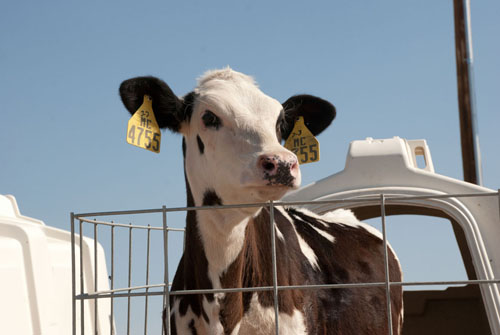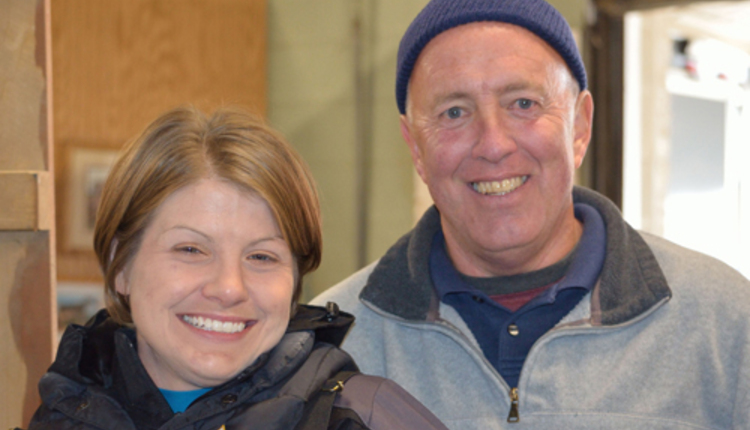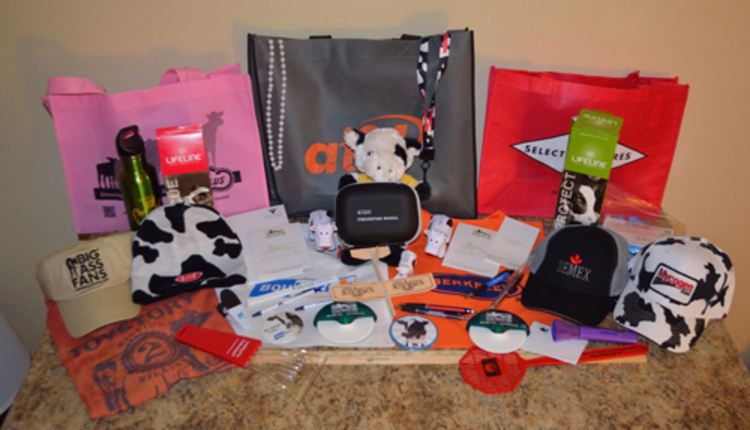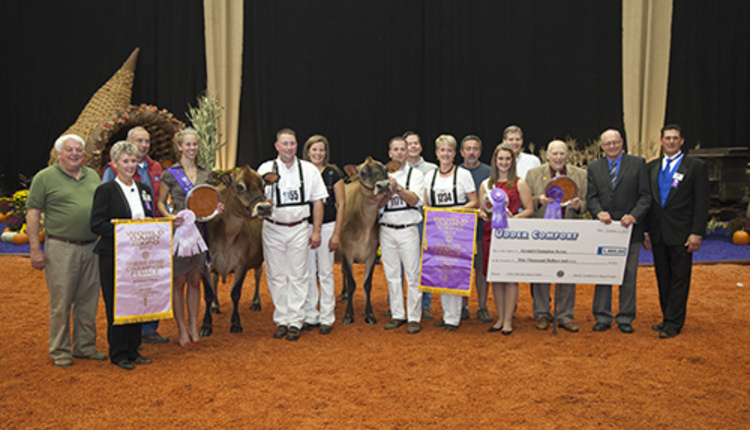Raising healthy calves is critical to the future and profitability of a dairy, so evaluating calf health should not be taken lightly. Sheila McGuirk, D.V.M., who is a regular veterinary columnist for Hoard's Dairyman, provided dairy producers with a three-step process for recognizing signs of disease at the Vita Plus Calf Summit in Green Bay, Wis. this past June.
McGuirk pointed out that two of the most common diseases in young calves are scours and respiratory disease. She said that we often realize respiratory disease in calves as a postweaning problem. However, she believes this is because we don't detect the first incidence, so the postweaning occurrence is actually the second incidence of the disease.

To ensure you don't miss the signs that a calf is sick, do not simply rely on feeding time to recognize illness. Taking extra time during the day to screen the health of your calves can help detect illness on the first incidence. With proper screening, you can prevent the spread of respiratory disease and other illness before calves are exposed to a group setting. Follow this three-step process for screening calf health.
1. Select a time of day. McGuirk suggests that the best time of day for a calf health screening is 30 to 40 minutes after feeding when 90 percent of calves are asleep. The calves that remain standing are giving your first signal for concern because this may be a sign that they are uncomfortable. McGuirk noted that if calves are comfortable they should spend 75 to 80 percent of each day sleeping.
2. Observe from outside the pen. Start your observation by walking outside the pens or hutches and listening for coughing. Then check for ears that may be tilting or flipping uncomfortably. Check the eyes for any tearing or discharge. Also, check the nostrils for any colored discharge.
3. Inspect from inside the pen. Calves that may appear sick after walking outside the hutches or pens should receive a closer look. Do a final evaluation from inside the pen. First, the calf's temperature should be checked. Then check for an abnormal cough. To check whether a calf has a cough, McGuirk uses a technique of firmly squeezing the windpipe and moving it back and forth. If the calf coughs as a result of this action, it has an abnormal cough.
If you observe two or more of these symptoms, proceed to treat a calf according to your farm's protocol. This screening process should also take place directly before moving a calf to a group setting. The process of detecting illness in young calves is simple as long as you set aside time to do it.
McGuirk pointed out that two of the most common diseases in young calves are scours and respiratory disease. She said that we often realize respiratory disease in calves as a postweaning problem. However, she believes this is because we don't detect the first incidence, so the postweaning occurrence is actually the second incidence of the disease.

To ensure you don't miss the signs that a calf is sick, do not simply rely on feeding time to recognize illness. Taking extra time during the day to screen the health of your calves can help detect illness on the first incidence. With proper screening, you can prevent the spread of respiratory disease and other illness before calves are exposed to a group setting. Follow this three-step process for screening calf health.
1. Select a time of day. McGuirk suggests that the best time of day for a calf health screening is 30 to 40 minutes after feeding when 90 percent of calves are asleep. The calves that remain standing are giving your first signal for concern because this may be a sign that they are uncomfortable. McGuirk noted that if calves are comfortable they should spend 75 to 80 percent of each day sleeping.
2. Observe from outside the pen. Start your observation by walking outside the pens or hutches and listening for coughing. Then check for ears that may be tilting or flipping uncomfortably. Check the eyes for any tearing or discharge. Also, check the nostrils for any colored discharge.
3. Inspect from inside the pen. Calves that may appear sick after walking outside the hutches or pens should receive a closer look. Do a final evaluation from inside the pen. First, the calf's temperature should be checked. Then check for an abnormal cough. To check whether a calf has a cough, McGuirk uses a technique of firmly squeezing the windpipe and moving it back and forth. If the calf coughs as a result of this action, it has an abnormal cough.
If you observe two or more of these symptoms, proceed to treat a calf according to your farm's protocol. This screening process should also take place directly before moving a calf to a group setting. The process of detecting illness in young calves is simple as long as you set aside time to do it.









